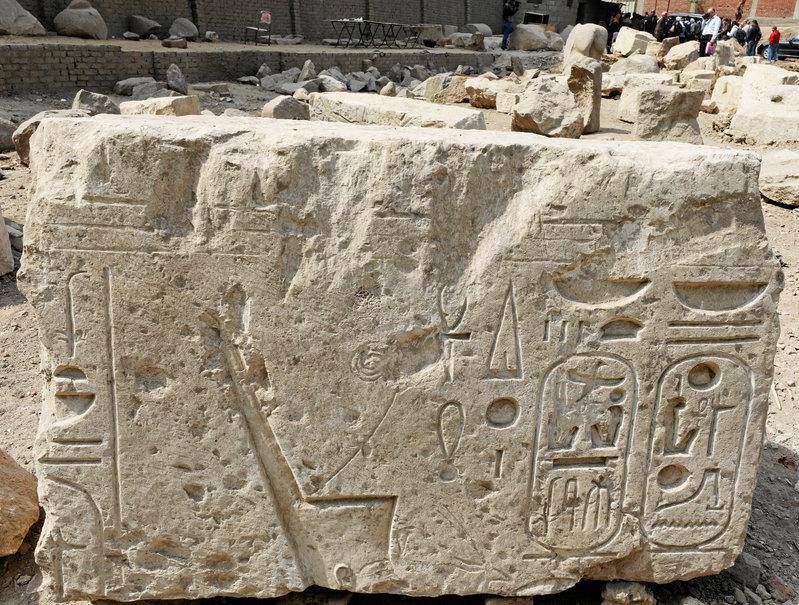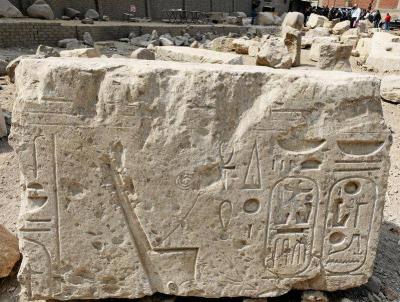An Egyptian-American archaeological mission from New York University has discovered more than 2000 mummified ram heads dating back to the Ptolemaic period, along with a massive building from the 6th dynasty, in the area of the temple of King Ramses II in Abydos, Sohag Governorate.
The Secretary-General of the Supreme Council of Antiquities, Mustafa Waziri, stated in a statement on Saturday that this discovery unveils significant details about the life and history of the temple of King Ramses II in Abydos and its activities over more than two thousand years, from the 6th dynasty to the Ptolemaic period.
Waziri added that the mission also uncovered several other mummified animals alongside the ram heads, including a group of sheep, dogs, wild goats, cows, and deer, which were found placed in one of the newly discovered storage rooms within the northern area of the temple.
The head of the mission, Samah Iskander, mentioned that this large number of mummified rams may have been used as votive offerings during an unprecedented worship of rams in Abydos during the Ptolemaic period, and it might indicate the continued veneration of King Ramses II in Abydos for a thousand years after his death.
He further noted that the massive building discovered from the 6th dynasty features a unique architectural design with massive thick walls approximately five meters wide, indicating that this building will significantly contribute to re-evaluating and reconsidering the activities and architecture of the Old Kingdom in Abydos.
The temple built by King Ramses II in the 13th century BC is characterized by its rare colored inscriptions depicting ancient Egyptian rituals and traditions, in addition to some daily events and scenes from the Battle of Kadesh.




